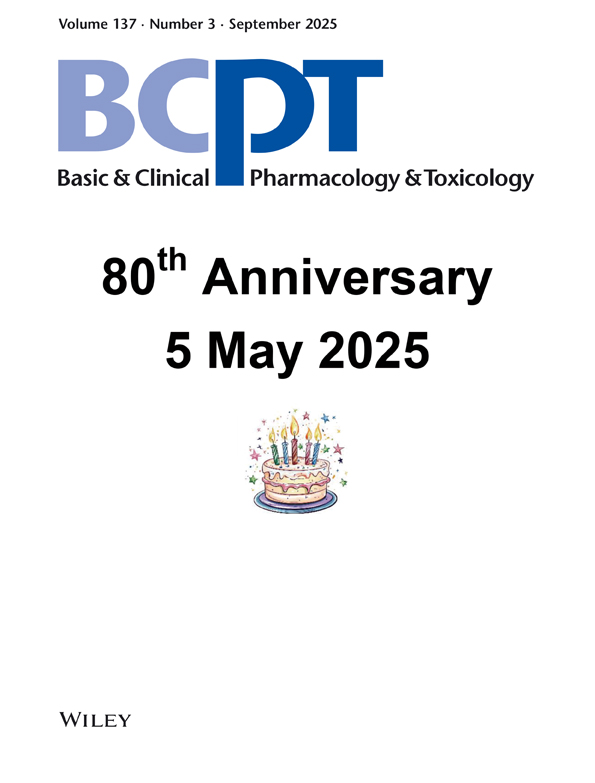Serotonergic Mechanisms Involved in the Exploratory Behaviour of Mice in a Fully Automated Two-Compartment Black and White Test Box
Abstract
Abstract A fully automated version of the black and white two-compartment box for mice is presented. The anxiolyticlike effects of the benzodiazepines, diazepam and chlordiazepoxide, were confirmed, and the involvement of serotonergic mechanisms was studied in this animal model of anxiety. The partial 5-HT1A receptor agonists, buspirone and ipsapirone showed anxiolytic-like effects in a limited dose interval. The full agonist hydroxy-2-(di-n-propylamino)tetraline (8-OH-DPAT) was inactive. The non-selective 5-HT1 receptor agonist, eltoprazine, induced marked increases of exploratory behaviour in the white compartment over a broad range of doses. Also pindolol a mixed 5-HT1A/1B and β-adrenergic receptor antagonist showed anxiolytic-like effects, whereas another compound with a similar profile (-)-, penbutolol and the β-adrenoceptor antagonist ICI 118,551, was inactive. The 5-HT2A/2C receptor antagonist, ritanserin, showed anxiogenic-like, and the 5-HT3 receptor antagonists, zacopride and ondansetron, showed anixiolytic-like effects. An overall increase of serotonergic activity by means of 5-HT uptake inhibition (citalopram), 5-HT release (fenfluramine) or administration of a 5-HT precursor (1–5-HTP) facilitated exploratory activity in the white compartment. Reduction of serotonergic activity by treatment with the 5-HT depletor p-chloro-phenylalanine methyl ester (PCPA) did not change the exploratory behaviour, but attenuated the response to fenfluramine significantly.




